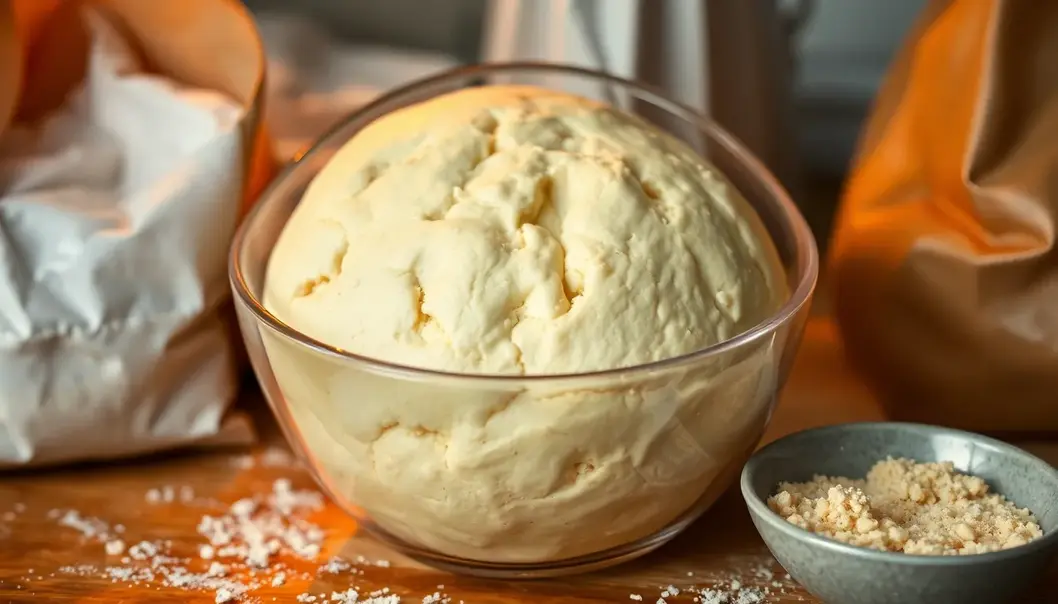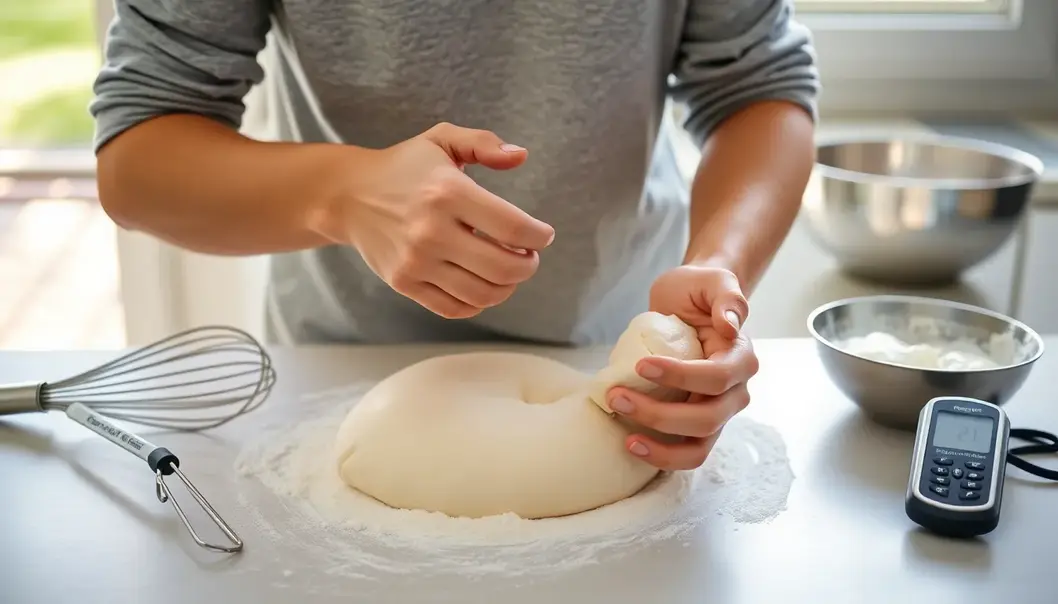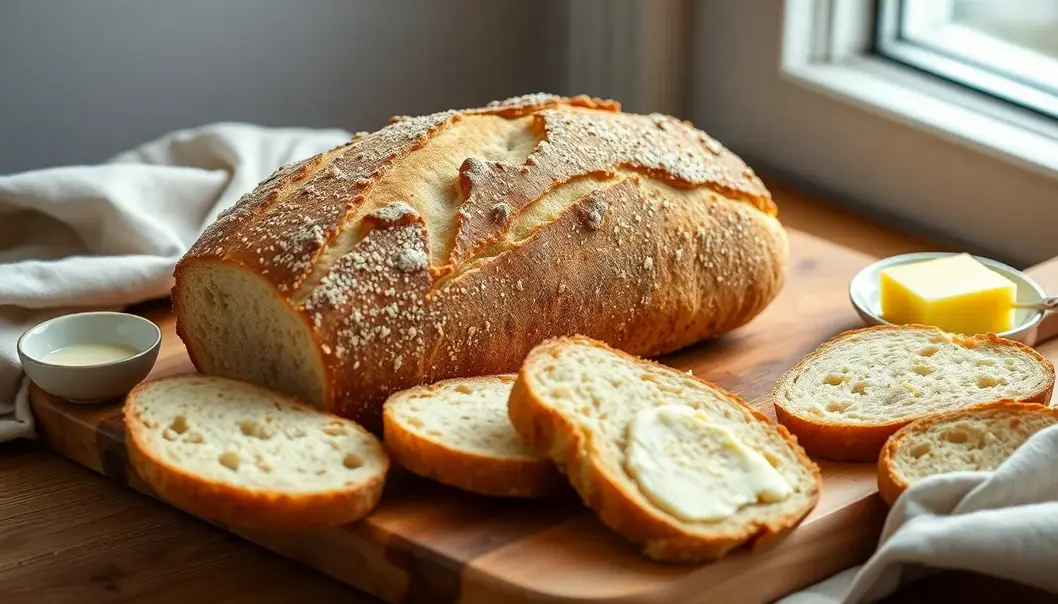Baking homemade bread is more than just mixing flour with water—it’s a journey of transformation where patience meets precision. For young adults diving into the world of culinary creativity, homemade bread offers a simple yet rewarding escape from the routine. Imagine the aroma wafting through your kitchen, the crisp crust resonating under your fingers, and the soft, airy interior waiting to be savored. This guide reveals the secrets to achieving bakery-level bread right in your kitchen. With practical tips accessible for novice bakers and seasoned cooks alike, you’ll soon find making bread to be not just a skill, but a delicious culinary adventure full of satisfaction and flavor.
The Science of Yeast and Flour

Yeast, a microscopic marvel, is the backbone of bread baking. As a living organism, yeast consumes sugars in dough and transforms them into carbon dioxide and alcohol through fermentation. The carbon dioxide is crucial—it creates bubbles that make the dough rise, giving bread its airy structure. Understanding yeast is fundamental to mastering bread baking, as different strains have unique properties affecting rise time and flavor.
Flour, the second vital component, acts as the canvas on which yeast performs its dance. Flour choices range from all-purpose to whole grain, each contributing distinct textures and flavors. Bread flour, high in protein, creates strong gluten networks suitable for chewy breads with a robust structure. Conversely, cake flour, with its lower protein content, produces tender, delicate crumb suitable for softer breads and pastries. Exploring various flours enhances your bread’s taste profile and texture, allowing for creative experimentation.
The magic ratio in bread making often includes four essential ingredients: flour, water, yeast, and salt. This balance is crucial for consistency in texture and flavor. Adjusting ratios alters your bread’s character, making practice and experimentation essential in honing your craft.
Temperature plays a pivotal role in both yeast activity and dough development. Warmth accelerates fermentation, while cooler conditions slow it down, allowing flavors to deepen. Finding the ideal environment is essential—a drafty kitchen may require adjustments to proofing times. Monitoring the ambient conditions in which your dough rests can turn a mediocre loaf into a masterpiece.
These components together form the base of your bread-making journey. By decoding the complexities of yeast and flour, you lay the foundation for creating loaves that are not only delicious but uniquely yours. As you progress, refining your techniques and choosing ingredients with care will amplify the quality of your bread, inviting continuous exploration of this timeless craft.
Kneading and Proofing Like a Pro

Understanding the artistry behind kneading and proofing is pivotal for any aspiring home baker. These steps are crucial for developing the dough’s gluten structure and enhancing the bread’s texture and flavor.
Kneading Techniques
Kneading, whether done by hand or machine, ensures that proteins in the flour transform into gluten. This network is what traps gases released by yeast, allowing bread to rise beautifully. Hand-kneading offers a tactile connection to the dough, letting you feel changes in texture and elasticity. Begin by folding the dough onto itself, then pushing it away with the heel of your hand, and repeat. The dough should become smooth and elastic, a sign that gluten has developed.
In contrast, using a machine can save time and energy, especially for higher hydration doughs. Opt for a low-speed setting to mimic the gentle process of hand-kneading. Whichever method you choose, avoid the common pitfall of over-kneading, which leads to a stiff, unyielding dough. Instead, aim to knead until the dough can pass the “windowpane test”: stretch a small piece until it’s thin and translucent without tearing.
Mastering Proofing
Once kneaded, proofing is where your dough’s flavor and volume truly develop. A warm, humid environment encourages yeast activity, helping the dough double in size. Ideal temperatures range from 75°F to 78°F, though cooler settings lead to a slower rise, enhancing flavor complexity. Cover the dough with a damp cloth or plastic wrap to retain moisture.
Monitor proofing closely to avoid issues like over-proofing, where the dough expands too much and collapses. Under-proofing, on the other hand, results in dense bread. Test your dough’s readiness by gently pressing a finger into it. If the indentation springs back slowly, it’s ready for baking.
In varying climates, remember to adjust. Humid conditions may require less water in your recipe, while dry environments might benefit from a slightly wetter dough. Learning to adapt to these factors ensures that your bread turns out perfectly, regardless of external conditions.
Troubleshooting these stages takes practice, but understanding the nuances of kneading and proofing will elevate your home baking to new heights. Enjoy the journey of discovery in mastering these essential techniques.
Final words
Homemade bread baking is as much an art as it is a science, where mastering the details yields heavenly results. From choosing the right flour and correctly managing your yeast, to honing your kneading and proofing skills, each step lays the groundwork for success. Whether you’re a beginner or looking to refine your techniques, these insights are the tools you need to create not just bread, but an experience. Enjoy the process and savor the rewards—a perfect loaf made by your hands!
Ready to start baking? Join our Bread Baking Workshop for hands-on experience and create your perfect loaf today!
Learn more: https://breadworkshop.com/enroll
About us
Our Bread Baking Workshop offers comprehensive classes that introduce participants to the nuances of artisanal bread making. Whether you’re a novice looking to bake your first loaf or an experienced baker aiming to refine your skills, our workshops cover everything from the basics to advanced techniques. With expert guidance, personalized tips, and a supportive community, you’ll discover the joy and satisfaction of crafting your own delicious bread.

